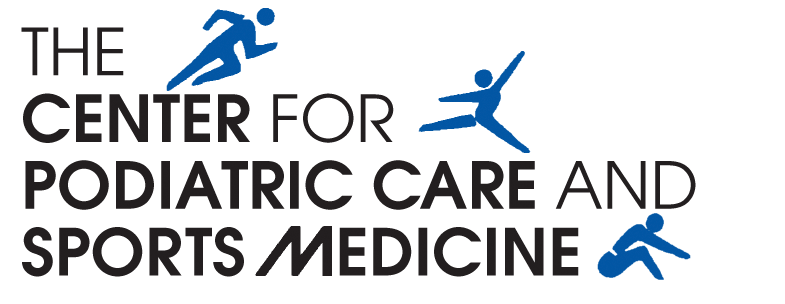How Diabetes Impacts an Athlete’s Feet and Ankles
Athletes thrive on pushing their limits, and those managing diabetes are no different. Unfortunately, the condition poses challenges that directly impact athletic training, performance, and recovery. In the blog below, The Center for Podiatric Care and Sports Medicine has included some info on the most common concerns that athletes with diabetes face, and we hope it helps you train safely!
How Diabetes Affects Your Feet in Sports
Studies suggest that high blood sugar damages the collagen fibers of tendons, contributing to tendinopathy.
Stiffer, more brittle tendons are less able to withstand the repetitive forces inherent in sports, which makes them more prone to micro-damage, inflammation, and degeneration.
Peripheral artery disease, commonly associated with diabetes, means less oxygen and fewer nutrients reaching tissues that are stressed during training.
This significantly slows down muscle repair and recovery between sessions and limits an athlete's ability to handle high training volumes. Some may even experience cramping during intense activity.
Poor circulation, coupled with high blood sugar, also weakens the immune response in the feet. A simple blister from a running shoe, a cut from a tackle, or even an ingrown toenail from tight ski boots can easily become infected. Fighting off infection further taxes the body and might require significant time away from training (or even surgery).
Neuropathy and Masked Damage
1. Lack of Balance: Peripheral neuropathy diminishes the ability to sense foot position, which can affect:
Quick cuts in basketball or soccer, stability in running strides, or the subtle feel needed for efficient cycling pedal strokes or ski control.
This increases the risk of falls, ankle sprains, and inefficient movement patterns.
2. Masked Pain: Neuropathy can also dull or eliminate pain signals. An athlete might not feel the developing pain of:
A stress fracture while jogging, the irritation of a blister forming inside a cleat, or the initial twinge of Achilles tendonitis.
Training through injury can lead to much more severe damage (e.g., complete fractures, deep ulcers) and require prolonged (sometimes season-ending) recovery.
3. Altered Foot Mechanics: Motor neuropathy can weaken small foot muscles.
Changes in foot structure (as in hammertoes, bunions, and other deformities) and altered gait increase the risk of calluses, blisters, or even ulcers under high-stress areas.
Exercise is essential to managing diabetes. If you need help doing so, please reach out!
At The Center for Podiatric Care and Sports Medicine, we offer busy New Yorkers prompt diagnosis and treatments specific to their individual needs. Our expert team of podiatrists, Dr. Jonathan M. Levy, Dr. Nadia F. Levy, Dr. Diane M. Castro, Dr. Josef Geldwert, and Dr. Katherine Lai, is eager to help you at our convenient mid-town Manhattan or Upper East Side locations. If foot problems are bogging you down, contact us today.


